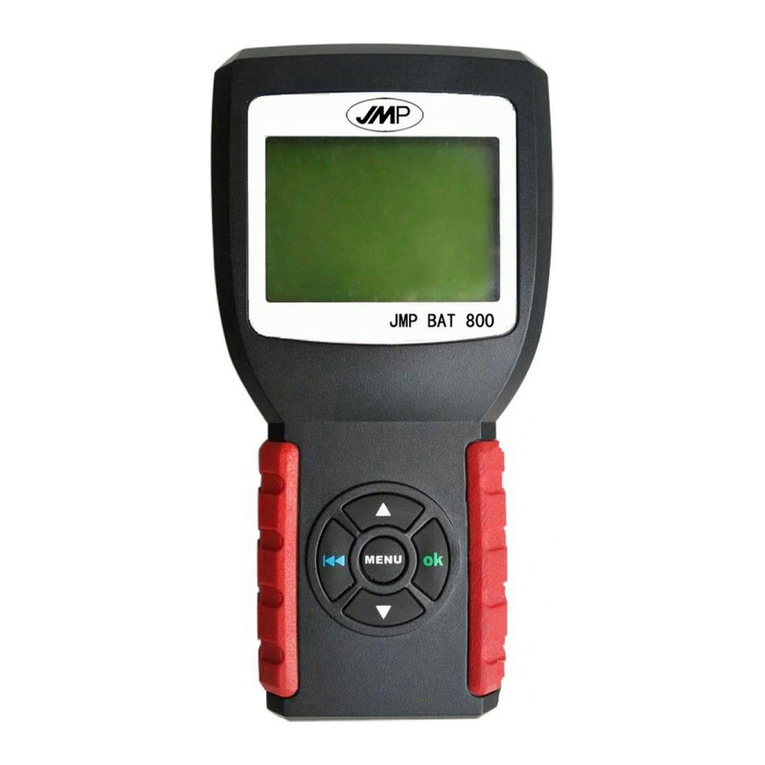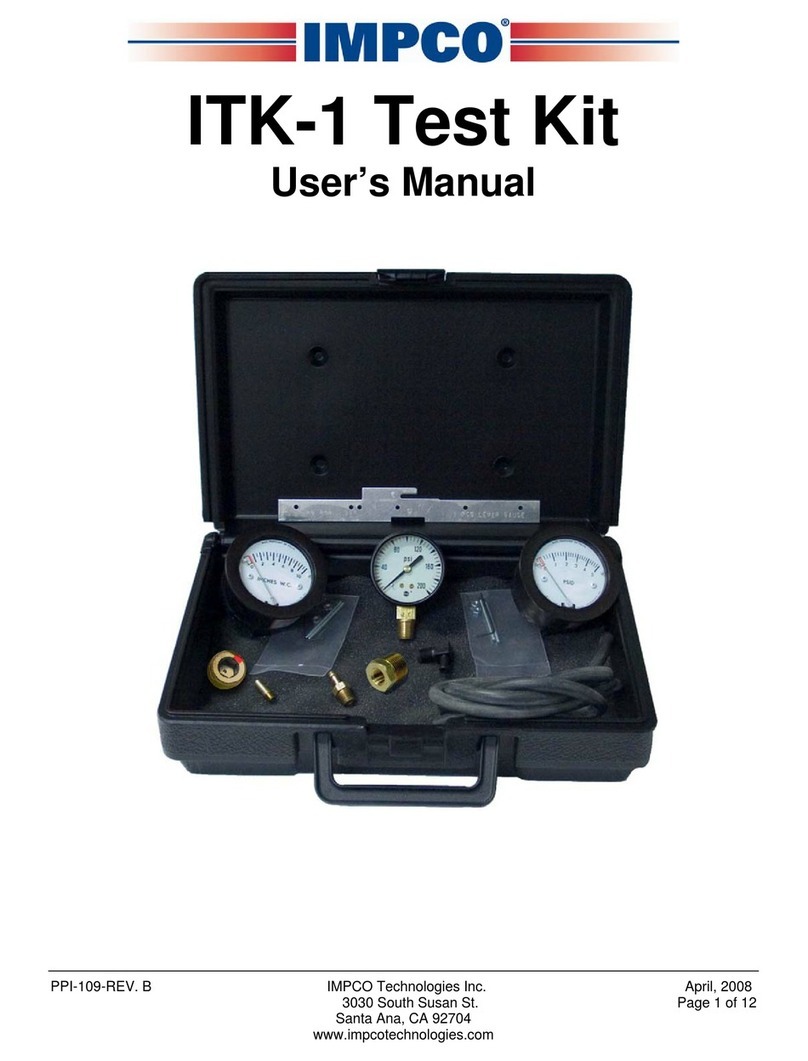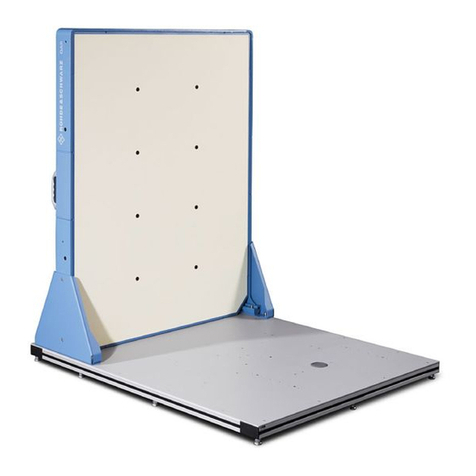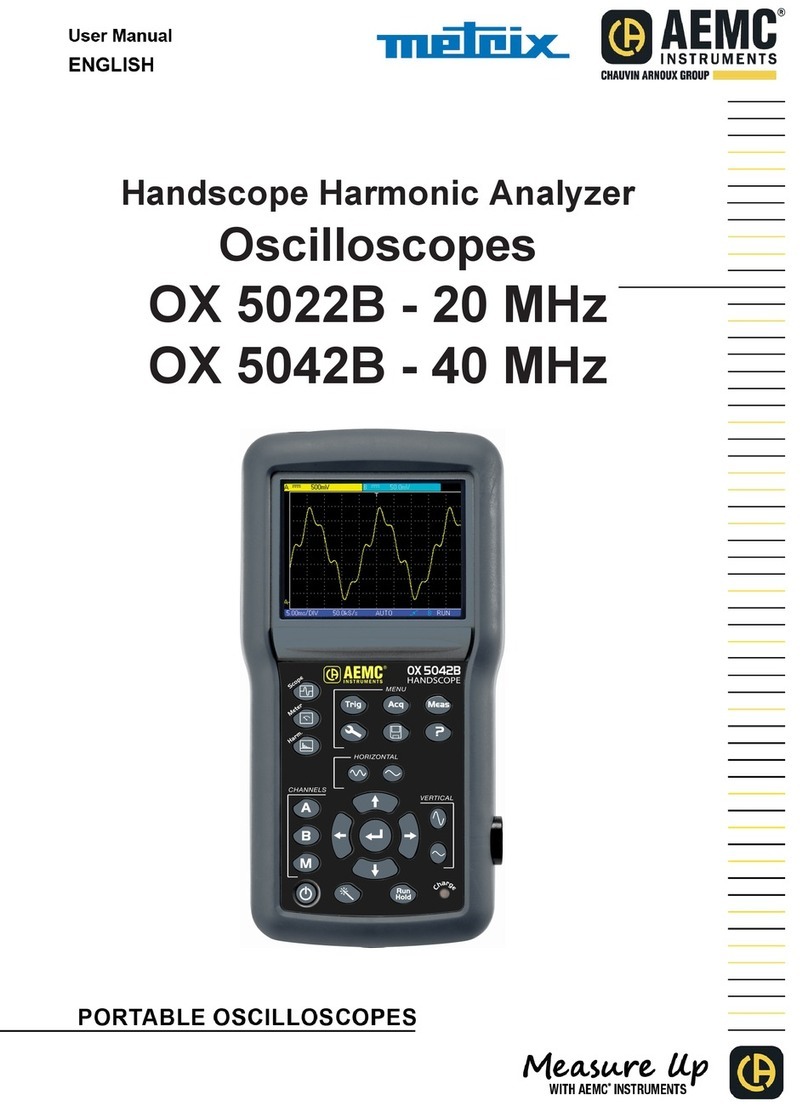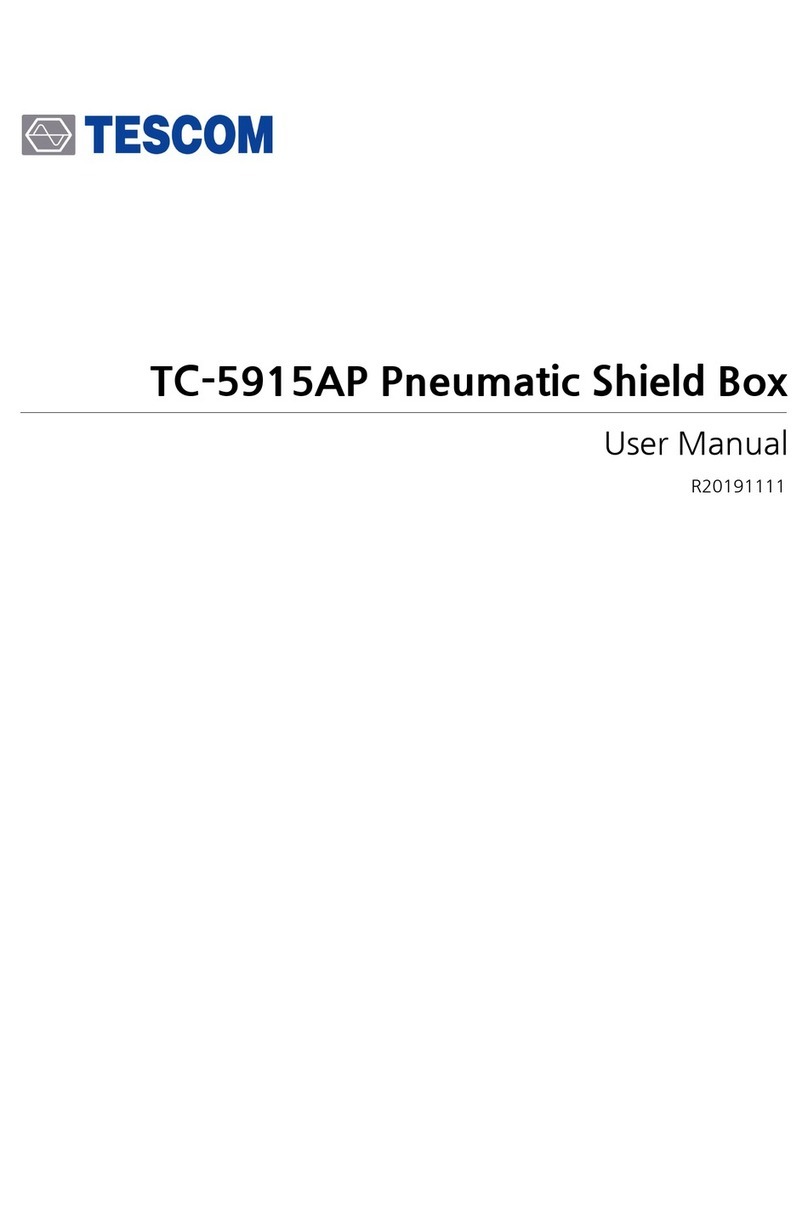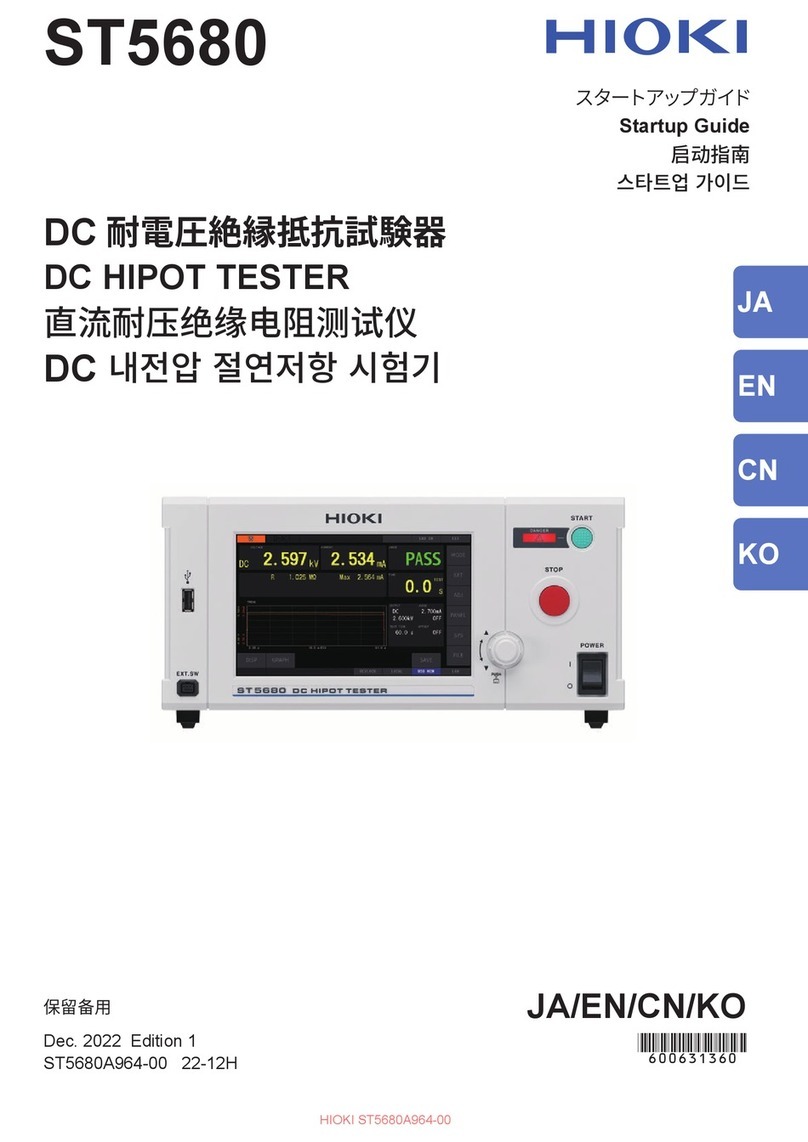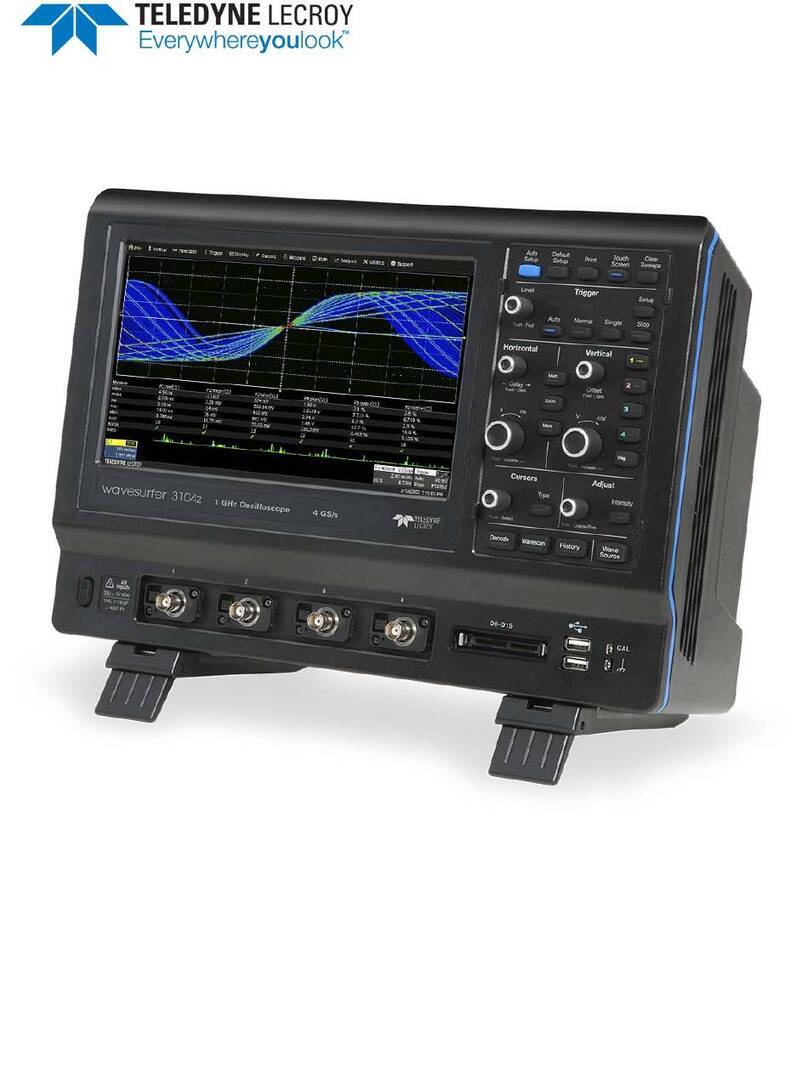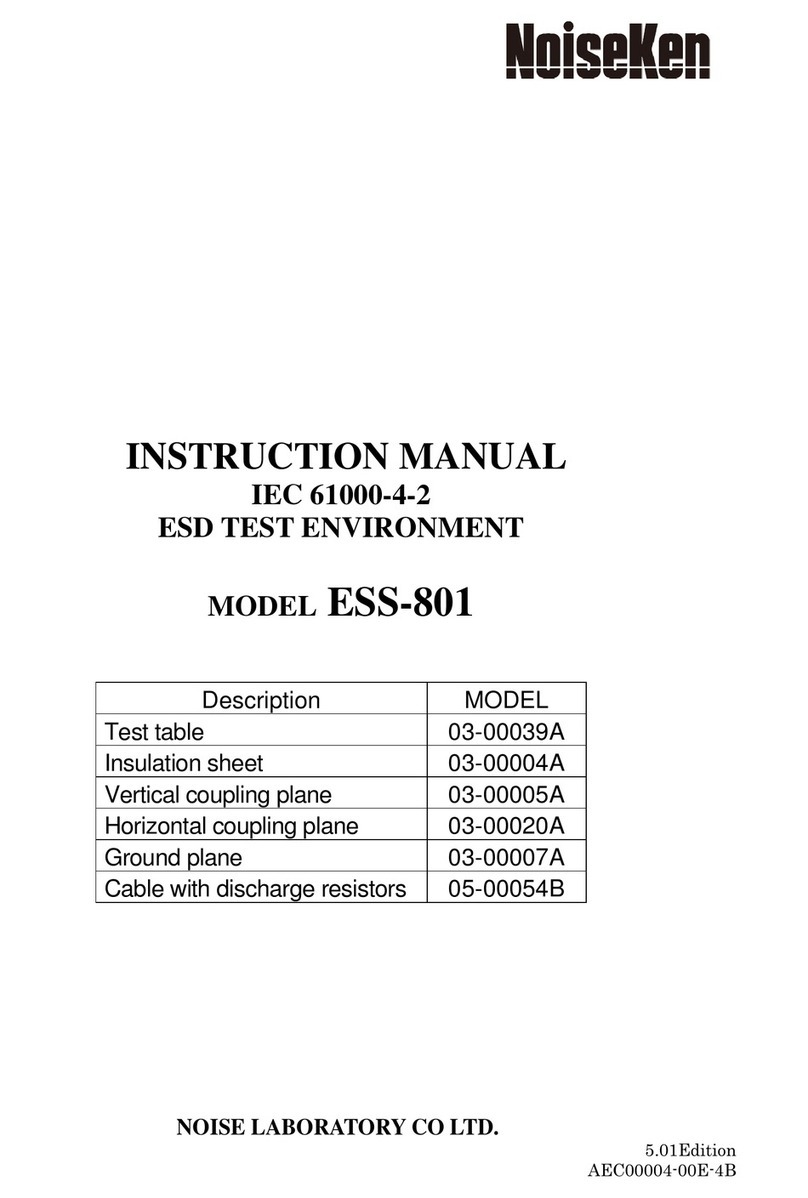Dukane 42A12D User manual

TECHNICAL MANUAL
ULTRASONIC TEST SET
MODEL 42A12D
JUNE 15, 1998
REV 00
SEACOM DIVISION
DUKANE CORPORATION ST. CHARLES, ILLINOIS 60174 PHONE: 630/584-2300 FAX: 630/584-5154
DOCUMENT NO. 03-TM-0038 1998 DUKANE CORPORATION 199806-08SC

03-TM-0038 REV 00 PAGE i of i
Table Of Contents
SECTION
I General Information.......................................................................................................
1.1. Introduction....................................................................................................
1.1.1. General.............................................................................................
1.1.2. Symbols and Abbreviations...........................................................
1.2. General Description........................................................................................
1.2.1. Function...........................................................................................
1.2.2. Specifications...................................................................................
1.2.3. Block Diagram.................................................................................
1.3. Auxiliary Connections and Uses....................................................................
1.3.1. Audio Output....................................................................................
II Operation.....................................................................................................................
2.1. Operation........................................................................................................
III Maintenance...............................................................................................................
3.1. Battery Life.....................................................................................................
3.2. Battery Replacement.......................................................................................
3.3. Test Set Tuning..............................................................................................
3.3.1. Test Equipment..............................................................................
3.3.2. Tuning............................................................................................
3.3.3. Adjusting Frequency Range...........................................................
3.4. Test Set Schematic Diagram.........................................................................
3.5. Maintenance and Replacement Parts.............................................................
Figures
Figure 1.1. Ultrasonic Test Set Model 42A12D.........................................................
Figure 1.2. Test Set Block Diagram............................................................................
Figure 3.1 Tuning Components.................................................................................
Figure 3.2. Schematic Ultrasonic Test Set Model 42A12D.......................................
Tables
Table 1.1. Specifications 42A12D Ultrasonic Test Set..............................................
PAGE
1
1
1
1
1
1
1
2
2
2
3
3
4
4
4
4
4
4
5
5
5
1
2
4
5
1

03-TM-0038 REV 00 PAGE 1of 5
SECTION I
GENERAL INFORMATION
1.1. INTRODUCTION
1.1.1. GENERAL. This manual contains the description,
operation and maintenance of the 42A12D Ultrasonic Test
Set manufactured by Dukane Corporation, Seacom Division,
2900 Dukane Drive, St. Charles, Illinois 60174. See Figure
1.1.
1.1.2. SYMBOLS AND ABBREVIATIONS. All symbols
and abbreviations used in this manual are in accordance with
the ANSI Y14.15 and MIL-STD-12, respectively.
1.2. GENERAL DESCRIPTION
1.2.1. FUNCTION. The 42A12D is a battery operated het-
erodyne type receiver tunable over the ultrasonic frequency
range of 30 to 45 kHz. The test set was designed primarily
as a self-contained, hand-held functional tester for testing
underwater acoustic beacons. Utilizing the internal micro-
phone and loudspeaker, the Test Set can perform an opera-
tional test on a beacon without removing the beacon from its
mount on the aircraft.
1.2.2. SPECIFICATIONS. The specifications for the
42A12D are given in Table 1.1.
TABLE 1.1. SPECIFICATIONS 42A12D
ULTRASONIC TEST SET
Size.......................................3.0" (7.62 cm) x 4.5"
(11.43 cm) x 2.25" (5.72 cm)
Weight...............................13 ounces (368 grams)
Tuning Range....................................30 to 45 kHz
Battery*................................................9V (Qty 1)
Gain.................................87 dB min. at 37.5 k Hz
Noise.............................Less than one mW across
10 ohm load
Undistorted Output........................... 250 mW into
. 10 ohm load
Microphone Sensitivity.................-150dB re 1uPa
Battery Life......................................30 to 40 hours
Audio Output Jack........................Switchcraft type
43A, permits operation
into headphones, oscilloscope,
etc. in place of internal
loudspeaker (impedance
10 ohm nominal)
* NEDA Type 1604A.
Figure 1.1. Ultrasonic Test Set Model 42A12D.

03-TM-0038 REV 00 PAGE 2OF 5
Figure 1.2. Test Set Block Diagram.
1.2.3. BLOCK DIAGRAM. Figure 1.2. is a block diagram
and Figure 3.1. is the schematic diagram of the test set. The
microphone detects a beacon signal which is amplified and
fed into the mixer. The tunable oscillator frequency is also
fed into the mixer. When tuned above or below the incom-
ing signal, the difference frequency is the resultant output
from the mixer, and will be in the audio range when the dif-
ference is within 1000 to 3000 Hz. When both frequencies
are the same, the difference frequency is zero, hence no out-
put from the mixer. The signals coming out of the mixer are
amplified by the audio amplifier, where most of the gain of
the test set is provided.
1.3.1 AUDIO OUTPUT.
1.3. AUXILIARY CONNECTIONS AND USES
A. The test set AUDIO OUTPUT jack circuit is designed to
work into a load impedance of approximately 10 ohms
which is ideal for attachment of low impedance head phones.
Operation into higher impedance such as oscilloscopes, me-
ters, chart recorders or other types of readout equipment is
permissible. No DC potential is present on the AUDIO
OUTPUT jack.
CAUTION
A SHORT ACROSS THE AUDIO OUTPUT
JACK MAY CAUSE DAMAGE TO THE TEST
SET CIRCUITRY.
CAUTION
TEST SET IS NOT WATER-PROOF OR
SPLASH PROOF. SOME FORM OF
PROTECTION SHOULD BE PRO-VIDED
WHERE SPLASH CONDITIONS EXIST.

03-TM-0038 REV 00 PAGE 3of 5
SECTION II
OPERATION
2.1. OPERATION
A. Turn the GAIN control to a fully clockwise position. A
pronounced background noise should be present. Lack of
noise may indicate a dead battery. Should this occur, replace
battery before resuming operational testing. See Mainte-
nance Section 3.2.
B. Set the TUNING control to approximately midscale.
Rubbing fingers in front of microphone should produce a
rushing noise from speaker.
C. Actuate a beacon under test by immersing the water
switch in tap water, or by shorting the water switch terminal
to the case by means of a shorting tab. The beacon need not
be removed from its mount on the aircraft to perform opera-
tional testing.
D. Set the GAIN control at a comfortable listening level.
E. Point the microphone of the Test Set towards the water
switch end of the Beacon for best results. If the Beacon is
mounted, position the Test Set for maximum unobstructed
signal. Beacon operation will be indicated by an audible
pulsing tone.
F. The tuning control permits reception of an acoustic signal
operating anywhere within the 30 to 45 kHz frequency
range. The audio response is peaked at about 3200 Hz;
therefore, the test set should be tuned to produce an output
signal of approximately this frequency to achieve greatest
sensitivity.
CAUTION
TO CONSERVE BATTERY LIFE, GAIN
CONTROL SHOULD BE SET TO OFF
POSITION WHEN TEST SET IS NOT IN
ACTUAL USE.

03-TM-0038 REV 00 PAGE 4OF 5
SECTION III
MAINTENANCE
3.1. BATTERY LIFE
With intermittent usage, battery operating life will be ap-
proximately 30 to 40 hours depending on the type of and
manufacturer of the battery. In any event, battery should be
replaced when its load voltage has dropped to 7 volts (Test
Set turned ON and GAIN control set to minimum).
3.2. BATTERY REPLACEMENT
Any 9-volt battery may be used, but longer service will be
obtained by the use of premium batteries such as NEDA
Type 1604A. The battery is accessible in the Test Set by
removing the single screw on the bottom of the case and
dropping out the chassis. A snap type connector facilitates
change of battery and prevents reversal of polarity, but for
additional safety, always turn GAIN control knob to OFF
position before making battery change.
3.3. TEST SET TUNING
The following test equipment and procedures should be fol-
lowed to tune and adjust the frequency range of the 42A12D
Test Set.
3.3.1. TEST EQUIPMENT A. Test Oscillator which is
accurate at 30 kHz, 37.5 kHz and 45 kHz and provides sev-
eral volts output.
B. Output monitor and VTVM.
C. Regulated current limiting power supply capable of 9V
and 200 mA output current.
D. Necessary interconnecting cables to connect input, out-
put and power to test set.
D. Work surface with insulated electrostatic shield plate
(see Figure 3.2.) connected to common (battery negative
terminal) of equipment.
3.3.2. TUNING A. Turn the GAIN control to OFF, loosen
the screw on the back of the case and remove the test set
from the housing. Disconnect the battery snap and remove
battery. Place test set GAIN control side up on the insu-
lated side of test plate. Pre-set power supply to 9V DC.
B.. Connect the audio oscillator to the wiper and ground
leads of the gain pot.
Figure 3.1. Tuning Components.
C. Set the Audio Oscillator to 37.5 kHz, with an output of
35 mvrms.
D. Monitoring the Audio Output Jack, adjust the TUNING
knob for peak signal at either the upper or lower peak. With
the GAIN pot at MAX, at least 1.5 Vrms should be ob-
served
E. Tune the slug of T1 for peak signal output. The response
will be very subtle. Locate adjustment T1 on Figure 3.3.
CAUTION
USE AN INSULATED TOOL TO MAKE THIS
ADJUSTMENT

03-TM-0038 REV 00 PAGE 5of 5
3.3.3. ADJUSTING FREQUENCY RANGE.
A. The frequency range for the Test Set is 30 to 45 kHz.
The audio output is tuned for approximately 3200 Hz.
B. Set the TUNING knob to the maximum frequency (45
kHz). Place an oscilloscope probe or frequency counter on
the output of the local oscillator circuit, pin 14 of U2. See
Figure 3.3.
C. Monitoring the frequency, adjust R16 for the maximum
L.O., approximately 42 kHz or as high as possible.
D. Set the TUNING to the minimum frequency (30 kHz).
E. Tune R22 for the minimum L.O., approximately 27 kHz.
F. Repeat steps C through E as many times as necessary
until both ends are tuned.
3.4. TEST SET SCHEMATIC DIAGRAM.
Figure 3.2. is the schematic diagram for the 42A12D Ultra-
sonic Test Set.
3.5. MAINTENANCE AND REPLACEMENT PARTS.
A. Tuning or Gain
1 control knob....................P/N 809-440-0004
B. GAIN control R13.......................P/N 601-315
C. TUNING control R23..................P/N 601-372
D. Battery.............................NEDA Type 1604A
BT1
9V
SW1
SWPOWER
R13
10K
C1
68 R1
33.2KR7
15KR5
68.1K
R6
221K
Q3
2N5086
C3
.01
Q2
2N5088
R29
75K
R9
68.1K
Q4
2N5088
C6
.01
C15
.01
R8
100K
L1
2.7MH
R17
750
R19
75K
T2
1408
L2
2.7MH
R30
2.7
C10
68
C18
68
AUDIOOUTPUT
R31
10 R32
10
LS1
SPEAKER
J2
C11
10 C12
330
C13
68
C14
.02 R20
10
C7
.1
C9
.047
R18
120
6
4
1
7
5
2
3
8
U?
LM386M
R11
6.8
R10
47.5K
R12
4.75KC8
22
C2
.01
R3
3.16K
R4
3.32KC4
22
D2
1N4005 T1
1408
Q1
2N5088
R2
150
D1
1N4005
Y1
TRANSDUCER
R24
2.00K
D4
1N4454
D3
1N4454 R28
7.15K
12
13 14
4
1
1U2D
LF444
R27
22.6K
5
67
4
1
1U2B
LF444
C17
470pFR26
56.2K
R25
56.2K
10
98
4
1
1U2C
LF444
R22
10K
R15
511K
R14
511K
C5
560pF
3
21
4
1
1
U2A
LF444
C16
.1
R23
100K
R16
50K
R21
47.5K
UNLESSOTHERWISE SPECIFIED;
1.ALL RESISTORSAREINOHMS,K=1,000,
2.CAPACITORSAREINMICROFARADS.
M=1,000,000,1/3WATT +/-1%.
NOTES:
Figure 3.2 Schematic Ultrasonic Test Set Model 42A12D
Table of contents
Other Dukane Test Equipment manuals
Popular Test Equipment manuals by other brands

BEA Institut für Bioenergie GmbH
BEA Institut für Bioenergie GmbH TUMBLER 1000 PLUS user manual
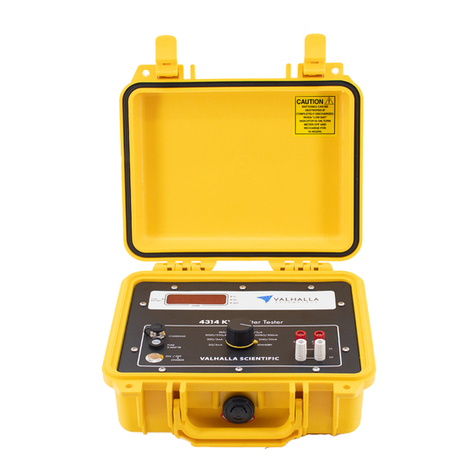
Valhalla Scientific
Valhalla Scientific 4314KV Operation manual

Keysight
Keysight U1452A user guide
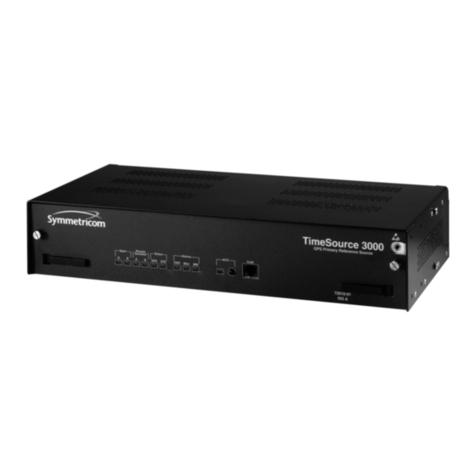
Symmetricom
Symmetricom TimeSource 3000 manual

Hameg
Hameg HM 205 manual
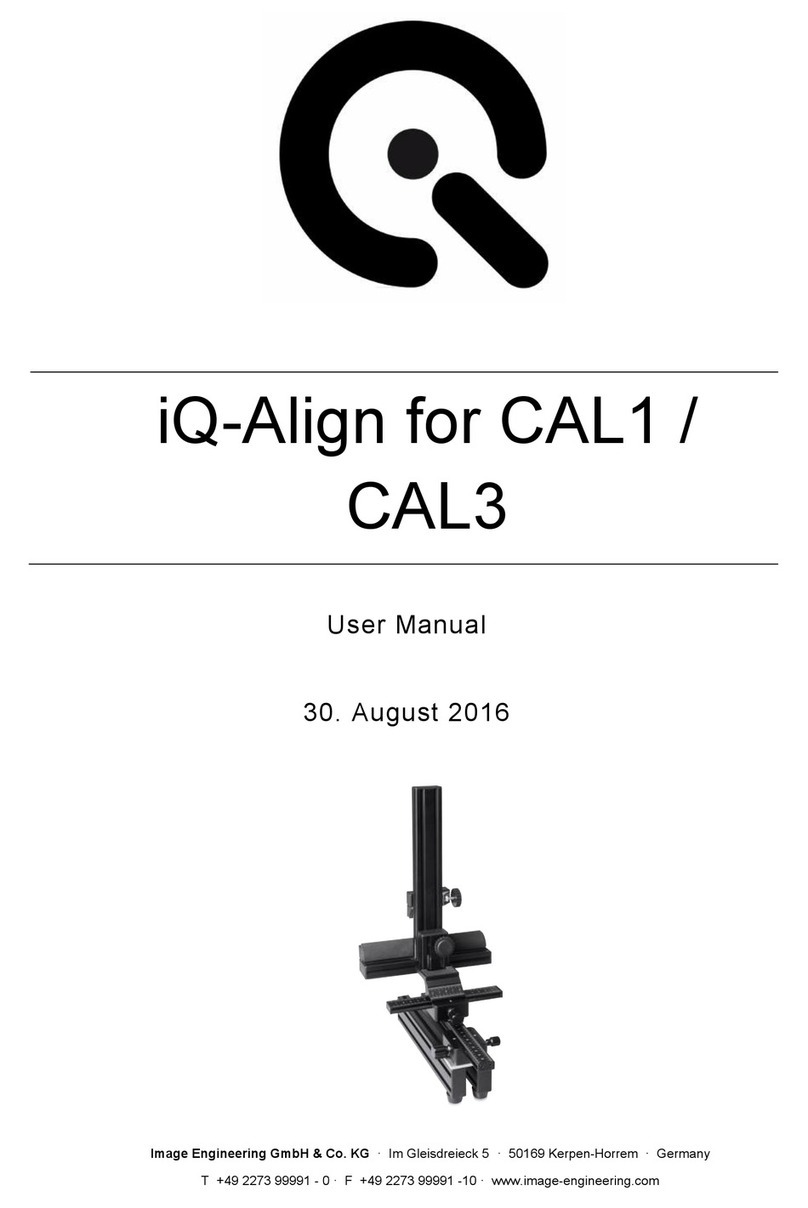
Image Engineering
Image Engineering iQ-Align user manual

